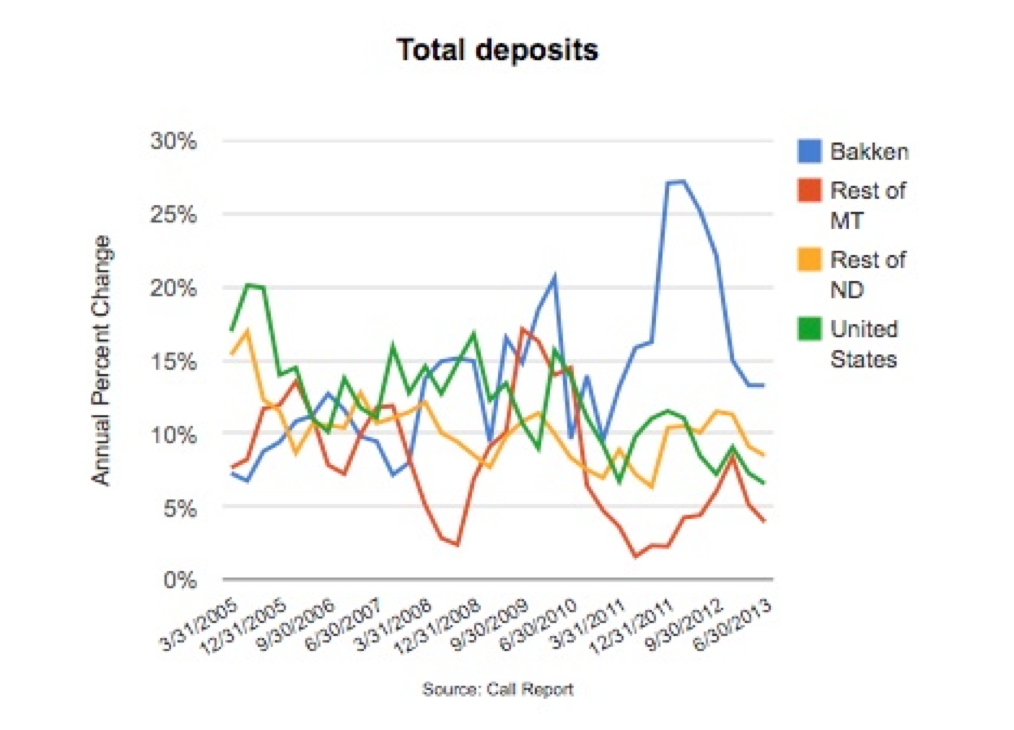From cattle ranches in North Dakota to strawberry patches in DeSoto Parish, Louisiana, landowners-turned-millionaires are cropping up all over US shale country. By selling their mineral rights to oil and gas companies, these individuals are not only harvesting personal riches but also plowing money into banks, law firms, and CPAs whose services are needed to help them protect and grow their newfound fortunes. Complex economic decisions abound, and most of the newly affluent are ill-equipped to manage lease considerations, financial planning, estate strategies, and other issues on their own.
 Just one (of many) online resources available to help landowners benefit from shale.
Just one (of many) online resources available to help landowners benefit from shale.
Despite online calculators (like this one) and other helpful tools, the financial considerations are far too complex for most landowners signing leases with oil and gas companies. So even with a degree or two of separation, shale development still links the professional services sector to increased bounty.
Big Money Yet to Come?
Pinpointing the exact number of shale-made millionaires may be impossible. But earlier this year, the Baton Rouge Advocate indicated that, in just one week, the ranks increased by 21, all from DeSoto Parish south of Shreveport. That area is part of the Haynesville Shale, which is believed to hold an estimated 3 million cubic feet to 15 million cubic feet of natural gas. The newspaper suggested that the big money “may be yet to come,” cautioning readers to watch what happens when 25% royalty payments start flowing to the Parish’s large landowners.

